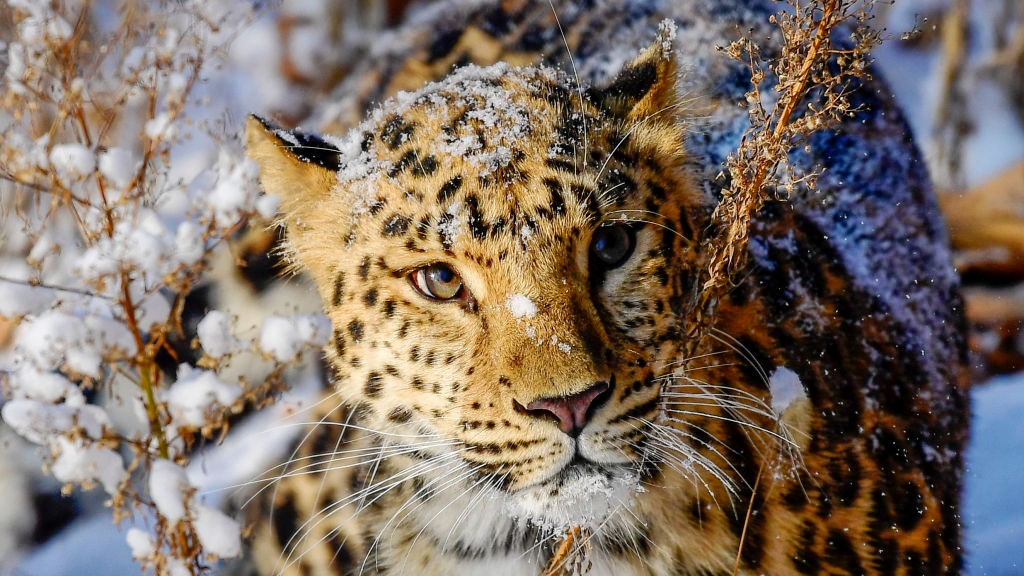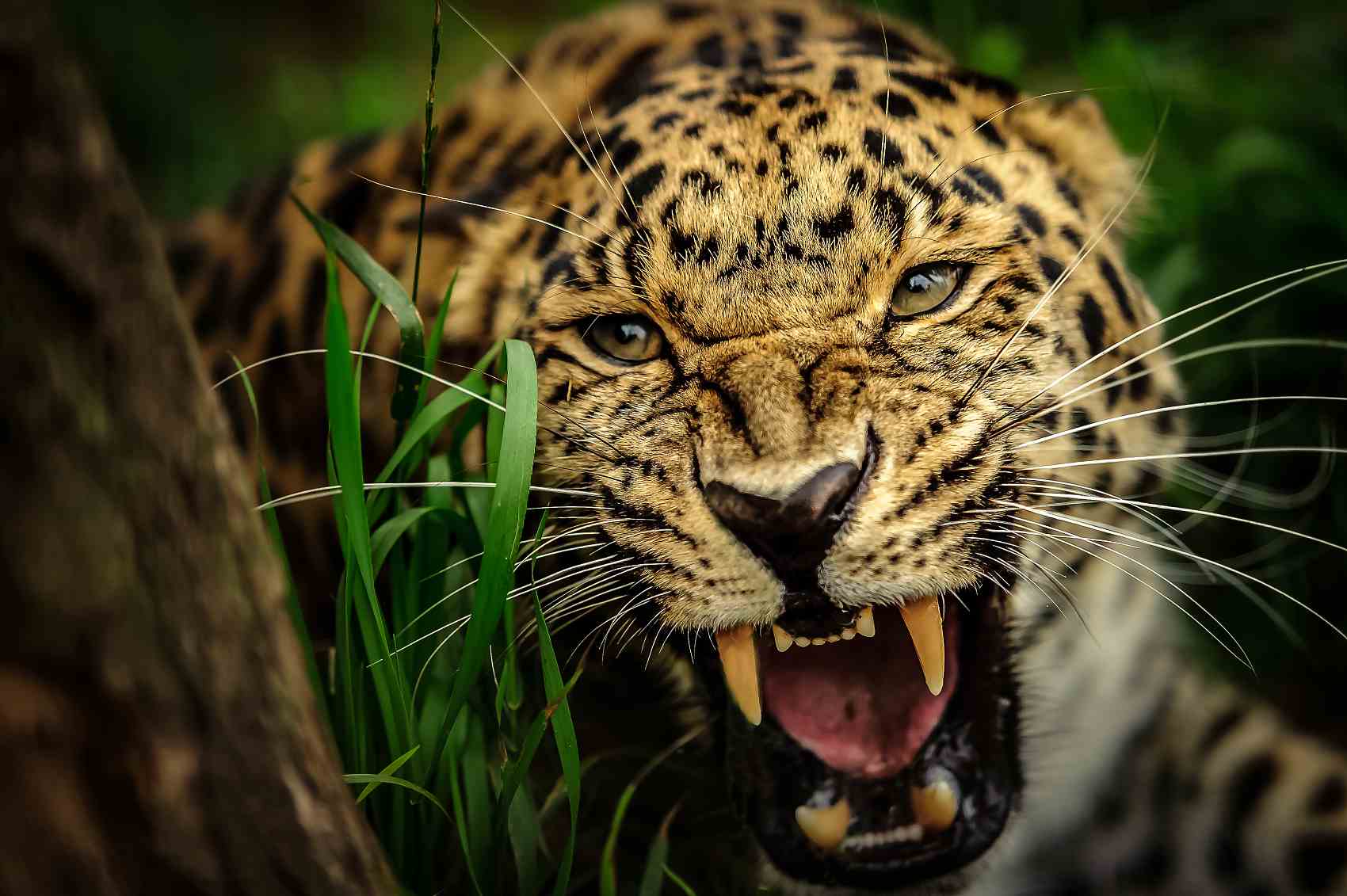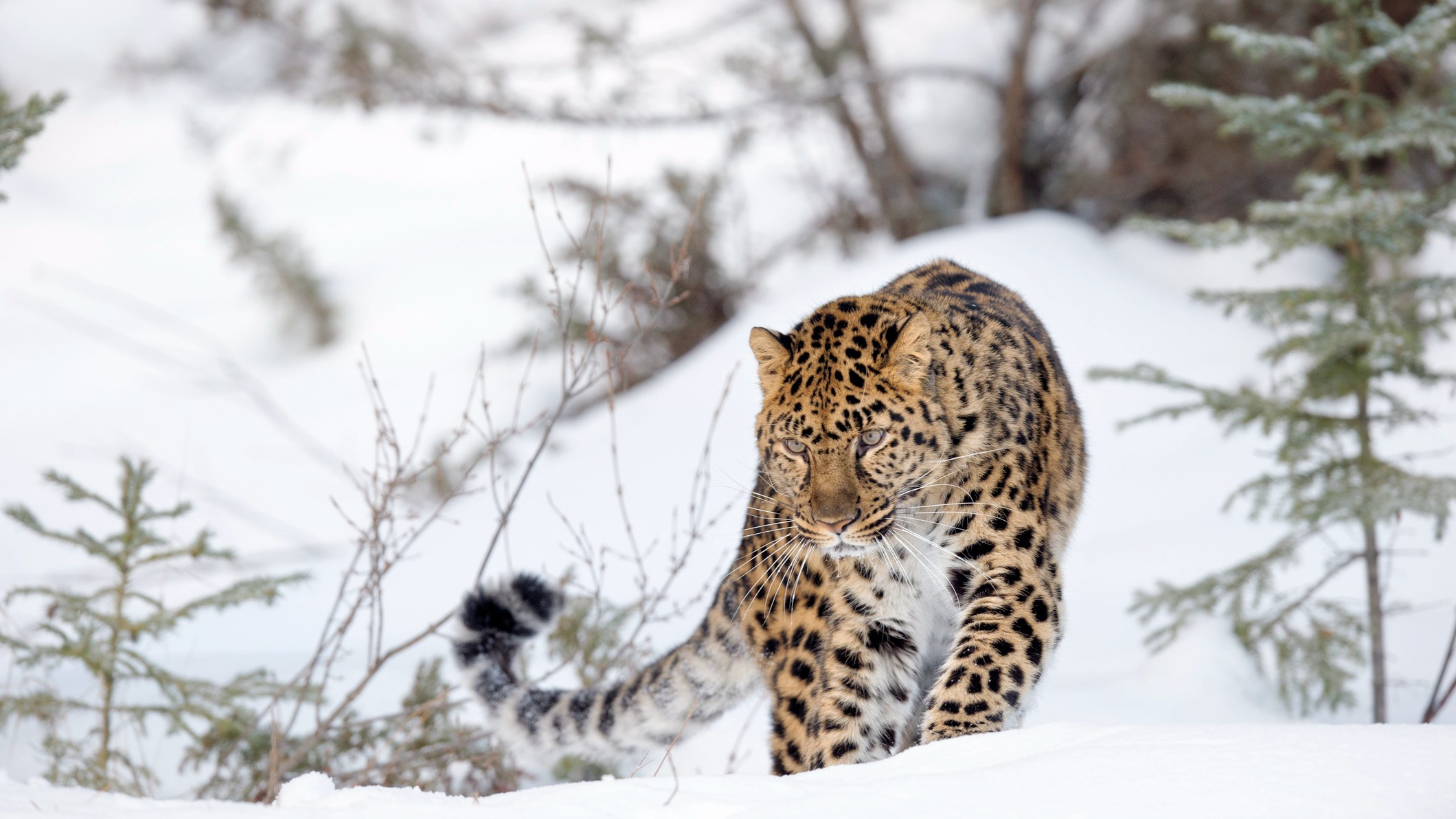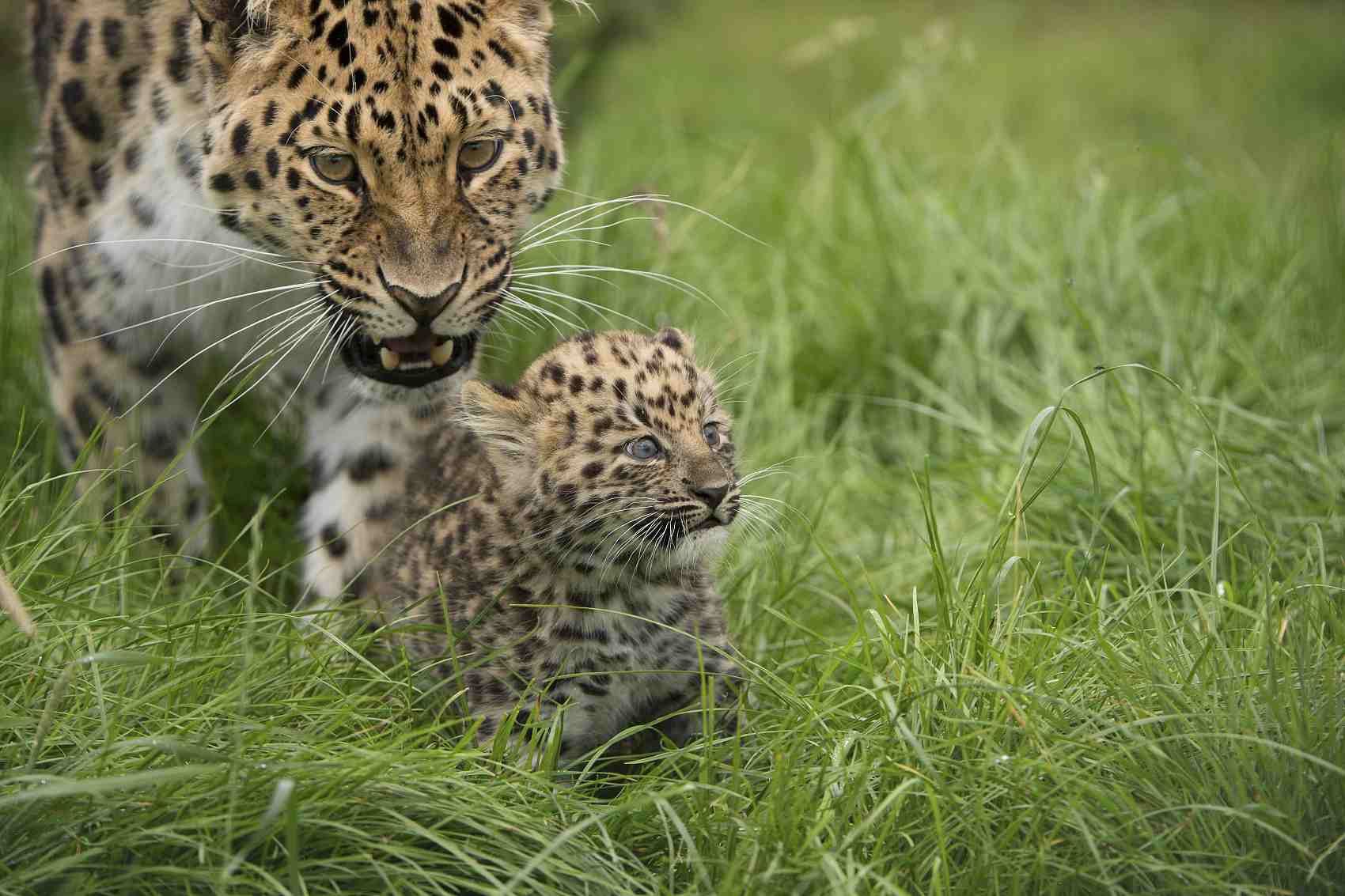
Animal
11:06, 06-May-2019
Amur leopard remains critically endangered even though numbers have grown
CGTN

Instead of running on savannas, the Arum leopard, also called the Far Eastern leopard, roams the forests between China and Russia. The species is on the edge of extinction despite enjoying visa-free entry to two of the biggest countries in the world.
As the second largest cat in northern China, the Amur is fast and strong. Its weight ranges from 70 to 105 pounds and it can run at speeds up to 37 miles per hour. In temperate forests, roe deer, sika deer and hares are the big cat's favorite food.

An Amur leopard. /VCG Photo
An Amur leopard. /VCG Photo
However, the strong predator has become one of the loneliest animals in the world. At the beginning of the 21st century, there were only about 30 Amur leopards recorded. Ecologist Yury Darman said saving the species seems to be "mission impossible."
The main threat comes from humans as poaching is the biggest cause of the sharp decline in population. The Amur leopard cannot escape from poaching because of the worldwide desire for its beautiful spotted fur. An undercover investigation conducted in 1999 revealed that a female and a male Amur leopard skin was sold for 500 and 1,000 U.S. dollars, respectively.

An Amur leopard walking in the snow. /VCG Photo
An Amur leopard walking in the snow. /VCG Photo
Poaching can also hurt the population of species like deer and hare, which are the food resource of the Amur leopard. In the world of nature, every species plays its important role to maintain the ecosystem.
Habitat loss and human activities also bring harm to leopards. Due to forest fires, timber cutting, road or house construction and industrial development, the land for the Amur leopard is shrinking.
When the habitat is limited, and the population is reduced, inbreeding becomes inevitable. The gene defect has caused problems of genetic diversity and new offspring may have health issues.

An Amur leopard and her cub. /VCG Photo
An Amur leopard and her cub. /VCG Photo
Hunting of the Amur leopard has been banned since 1956. And many protection methods have been implemented by China and Russia. Last year, the Land of the Leopard National Park released data showing a growth in numbers to 84 adults and 19 cubs or adolescents.
That means a larger habitat and food resource are needed. The life of the Amur leopard won't be too easy in the following years.
(Cover image from VCG)
(If you want to contribute and have specific expertise, please contact us at nature@cgtn.com.)

SITEMAP
Copyright © 2018 CGTN. Beijing ICP prepared NO.16065310-3
Copyright © 2018 CGTN. Beijing ICP prepared NO.16065310-3